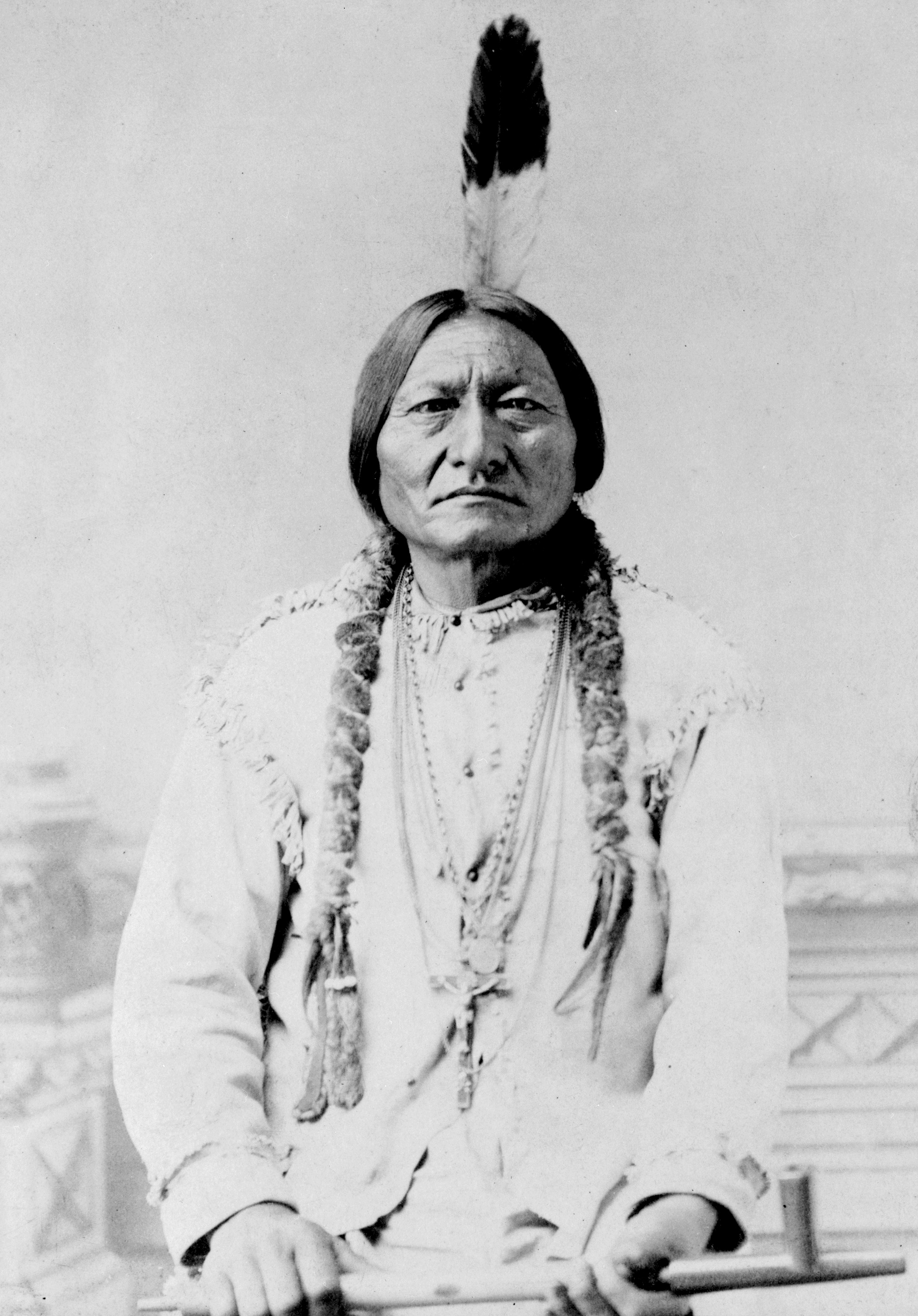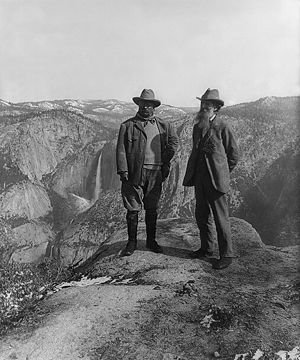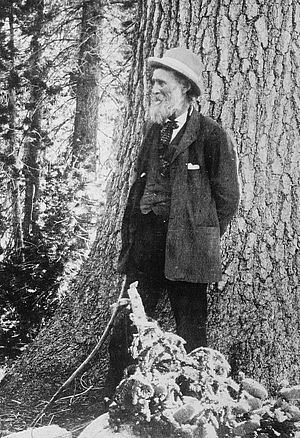It took the United States only a quarter-century to populate and settle the vast wilderness that we acquired with the Louisiana Purchase in 1803. Over the period from the opening of the Oregon Trail in 1840 until the joining of the intercontinental railroad in 1869, more than 500,000 people who had previously lived east of the Missouri River either settled between the Missouri and the Rockies or journeyed on to the West Coast. Twenty years after the railroad stretches from coast to coast, the US Census in 1890 declared that the frontier was “closed.”
One of the basic themes of this westward migration and settlement was the idea that as white Americans moved west, they turned the wilderness into civilization and, in the process, civilized all those ‘savages’ who otherwise would have continued living in an uncivilized state. Much of the notion that we were civilized, they were not, grew out of the fact that the Indians weren’t Christians and hence, by definition, couldn’t be considered as equals to whites in any respect. But the notion of Indians as savages wasn’t so much an extension of the racism that colored (pardon the pun) the white view of all non-white folks. Rather, it reflected an absence among Indians of the basic societal relations on which our civilization, both then and now still rests.
What I am referring to is the whole notion of property. It’s not clear exactly when Western civilization “invented” private property. We see bits and pieces of private ownership in the earliest Western law codes, but when the Romans marched through Gaul, for example, they encountered many indigenous populations for whom all land was held in common and the notions of private ownership didn’t yet exist. And even when early monarchs began giving out land grants to reward vassals for fighting on their behalf, the ownership of these properties were tied more to family lineage and occupancy than to any modern notion that allowed the land to be bought and sold.
It was only after the Norman conquest of England that a legal system began to emerge which, at its core, was based on defining and protecting property as something whose value was determined when it was bought and sold. And it was this legal system, known as the common law, that was brought to the New World and established here by the colonists at Plymouth Bay. And it was this same legal system that underlay the political system adopted first by the colonies, then by the states, and then by the territories that were formed as we moved west.
There was only one problem. The Indians had no system of private property. And because they didn’t have private property, they couldn’t develop a political system that in any way, shape or form, was similar to what existed in what was then called the united States. In 1868 more than 30 Sioux chiefs, including Sitting Bull and Crazy Horse, signed a treaty at Fort Laramie which gave the Indians control in perpetuity for an immense territory which today would have covered most of the Dakotas, Montana, Wyoming and a piece of Nebraska. But what we didn’t understand was that the 30-odd chiefs who put their marks on the document were signing only for themselves. There wasn’t a single brave in the camps of any of those chiefs who were bound to follow what the treaty said. And many wouldn’t follow it. And the treaty was a dead letter within 6 months.
We fought and won the Plains Indian Wars after 1868 because we believed the Indians were ‘savages’ and needed to be taught the white man’s ways. What else could we do when faced with a population that wasn’t ready to behave?
Based on my book, Hunters in the Wilderness. Volume II in the series, Guns in America, to be published in December.



Recent Comments